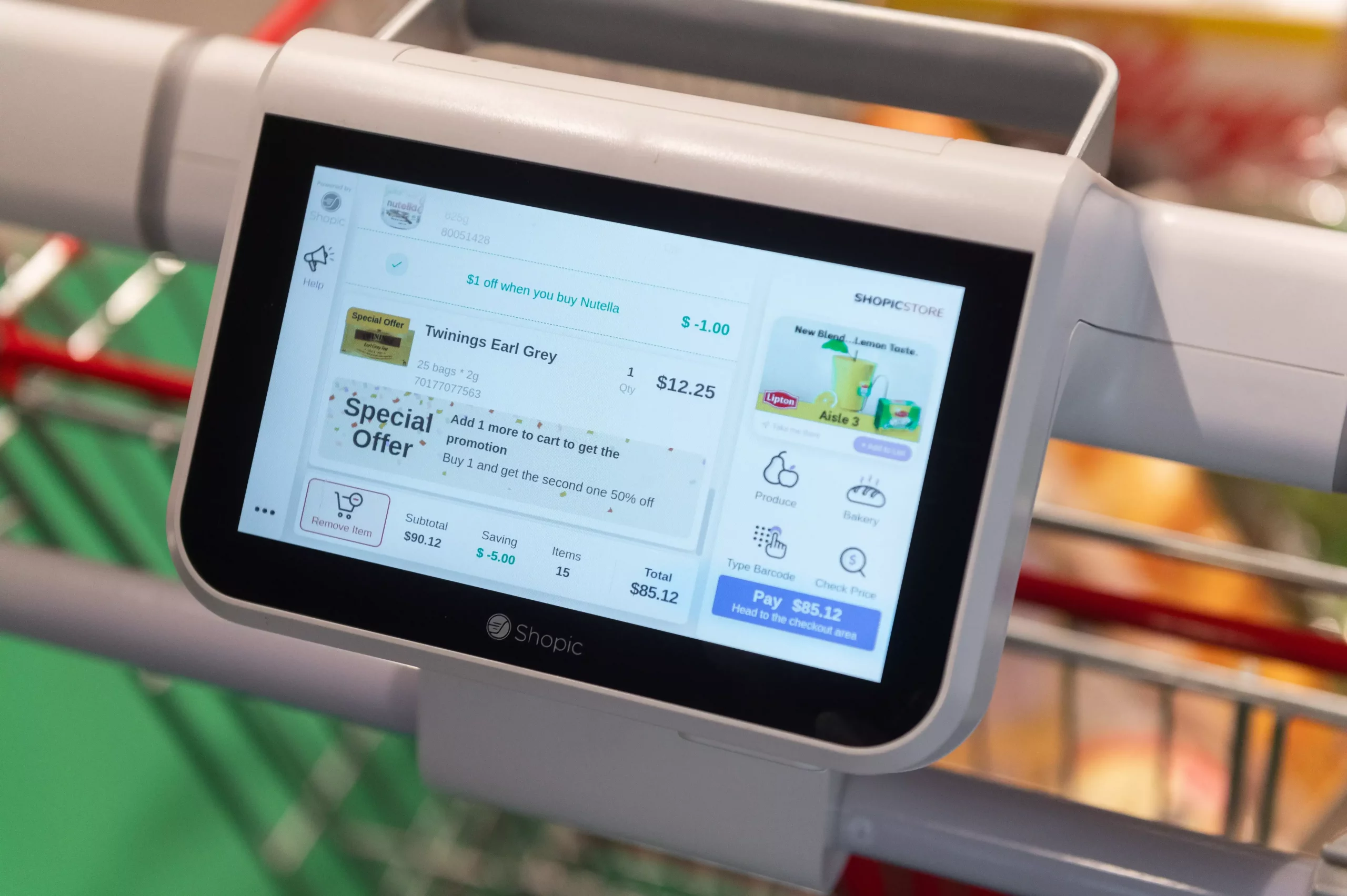
For decades, supermarkets distributed store coupons to draw shoppers to their brightly lit aisles. They used aggregate sales data, market research, and manufacturer support to determine the items and discounts required to attract customers. Then, marketing managers would analyze results, adjust campaigns accordingly, and distribute the new coupons.
This marketing technique meant that coupons met the needs of typical families, but households outside the Norman Rockwell norm – such as single adults living on their own – were overlooked.
Those coupons were from a bygone era, where stores focused on reaching mass markets. It was cost-effective and, to be fair, the only practical way to reach large groups of people.
Groceries still want to reach large groups of people, but thanks to customizable digital marketing techniques, they can tailor each promotion to the needs of their recipients.
There are multiple channels to reach individuals. Email and SMS marketing can draw shoppers to the store. However, it wasn’t until the arrival of smart carts that store managers could influence shopper behavior during their shopping journey.
Smart carts, especially those with on-cart payment functionality, can identify the shopper and know their previous buying habits. Using that data, they can create micro-targeted custom promotions designed to both enhance the shopper's experience and increase their basket value.
If the database shows that they often purchase low-margin, high-priced name brands, the system can offer promotions on high-margin, lower-priced store brands. Suppose the system knows that the shopper purchases some products every second shopping trip. In that case, it can offer promotions on alternating weeks to encourage the consumer to buy the product every week.
Using past shopping history, there is no limit to the types of micro-targeted, personalized offers that supermarkets can offer. BOGOs, exclusive offers, seasonal promotions, Buy More Save More offers, and loyalty programs are just some of the strategies retailers can use to increase basket value and improve profitability.
On-cart display promotions are new, but they have already made quite an impact on retailers. Shopic’s on-cart display, for example, has a proven 29.6% conversion rate.
On-cart personalized promotions are one of the few ways to directly influence and measure shopper behavior while in the store.
The promotions can be used to impact so many areas of the business, from reducing inventory levels to cutting back on food waste, and its bottom-line impact can be seen throughout the balance sheet. Adding on-screen promotions into the shopping experience doesn’t only work, it makes you wonder why every store isn’t doing it.


